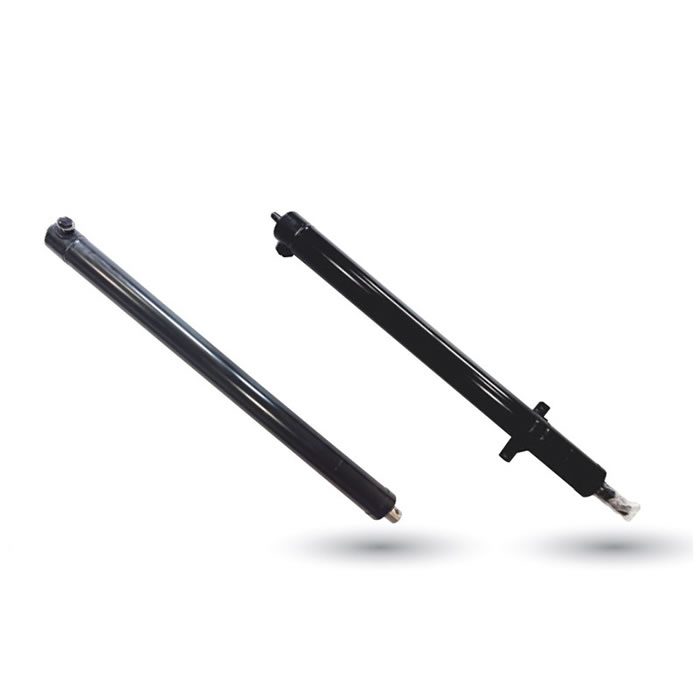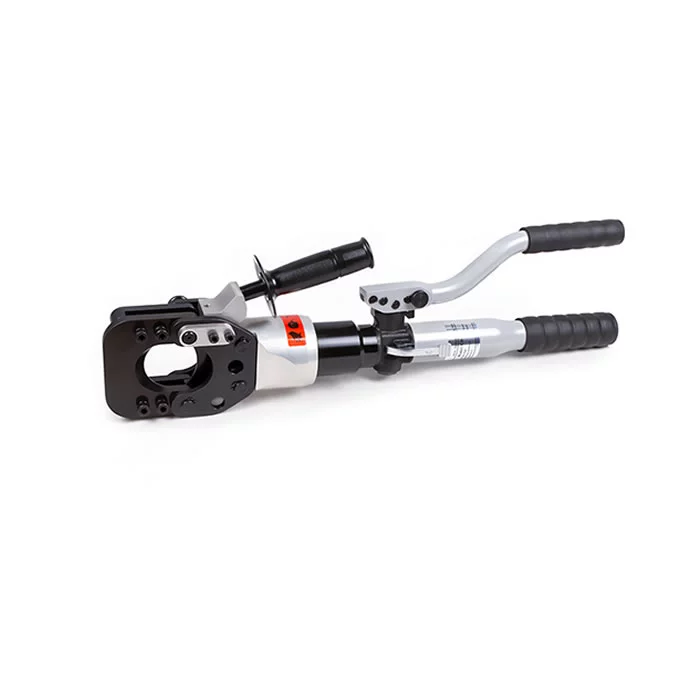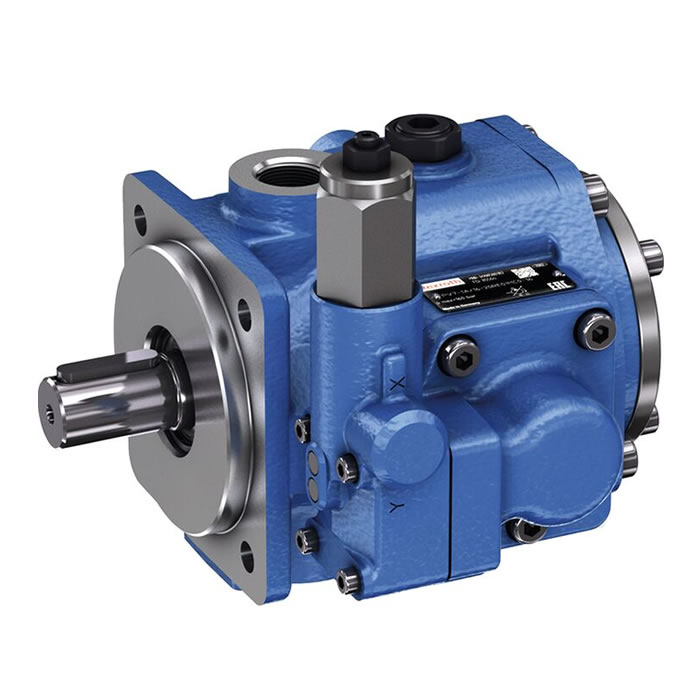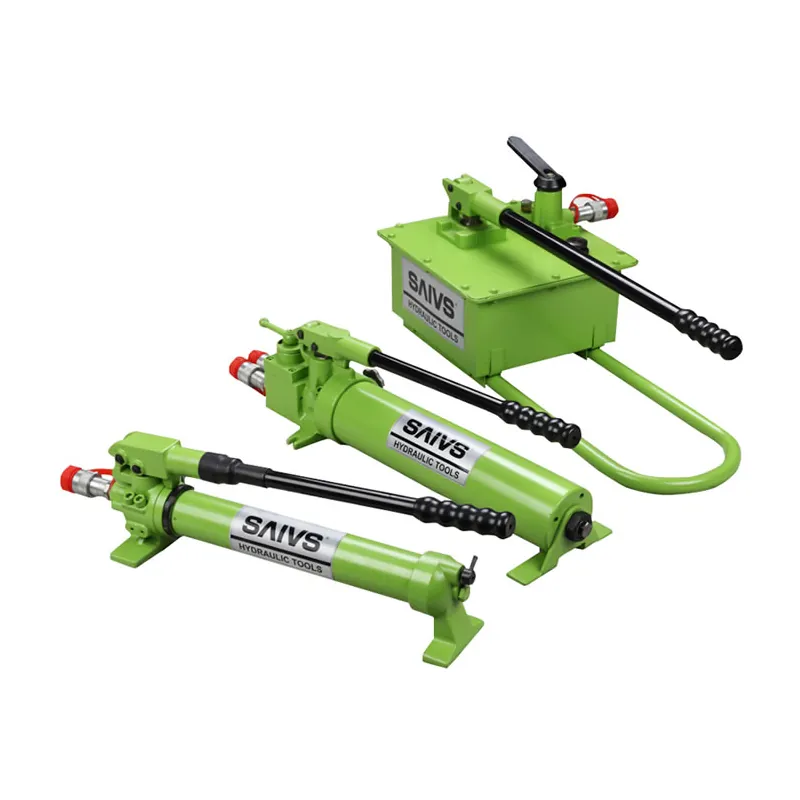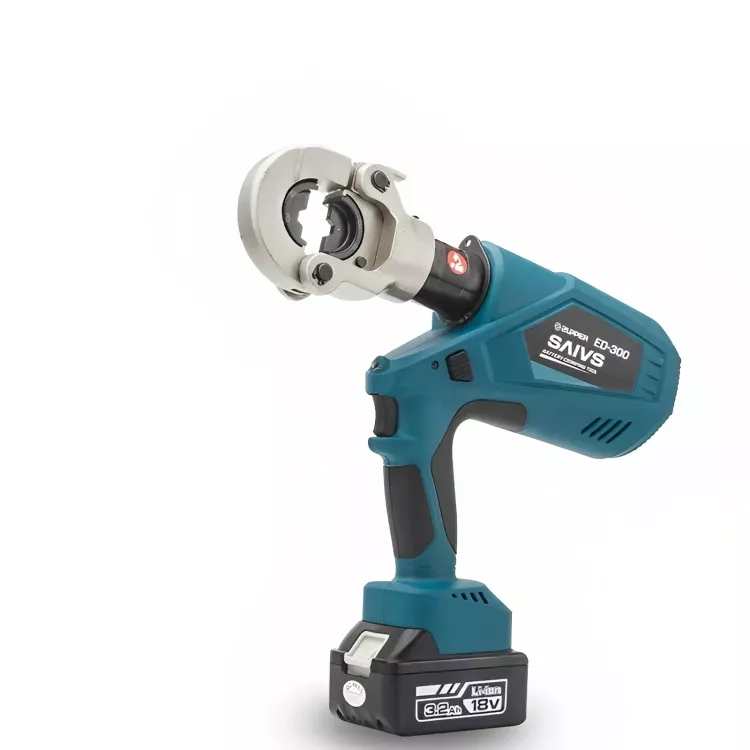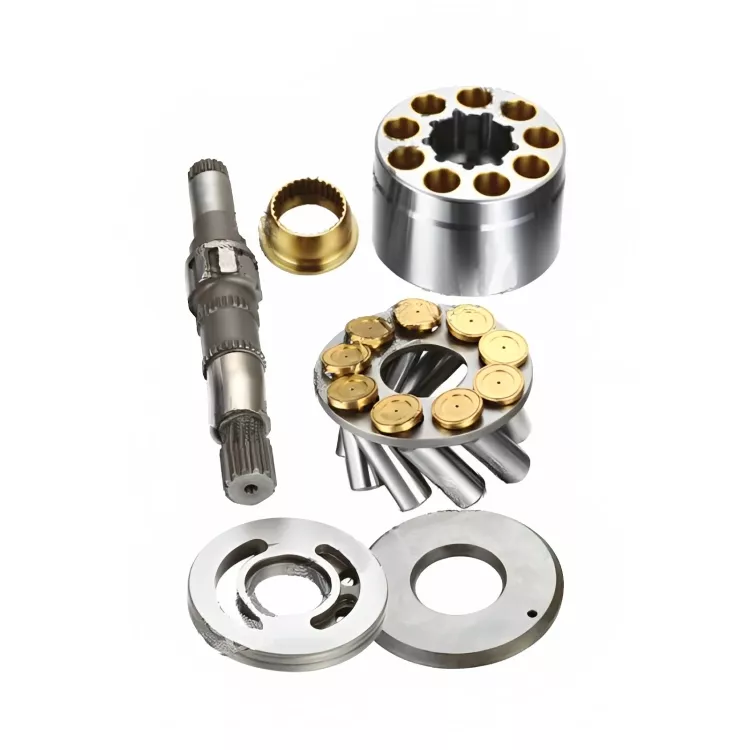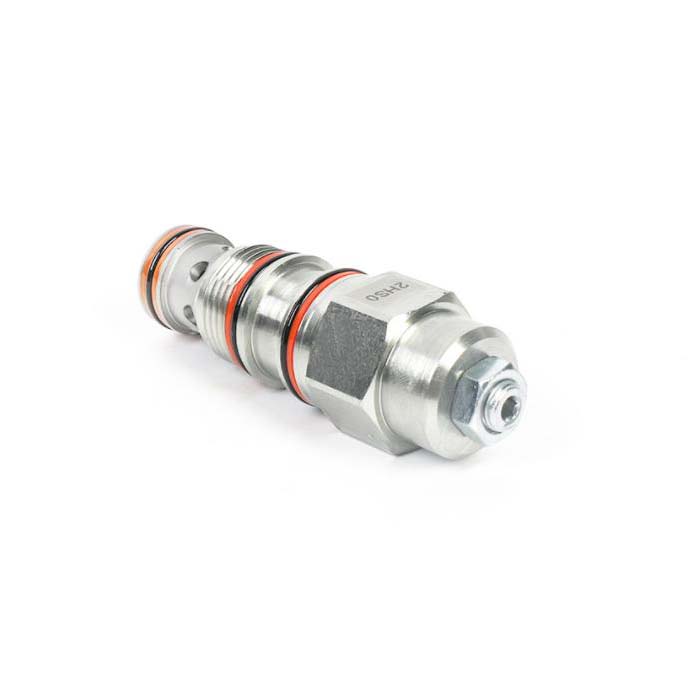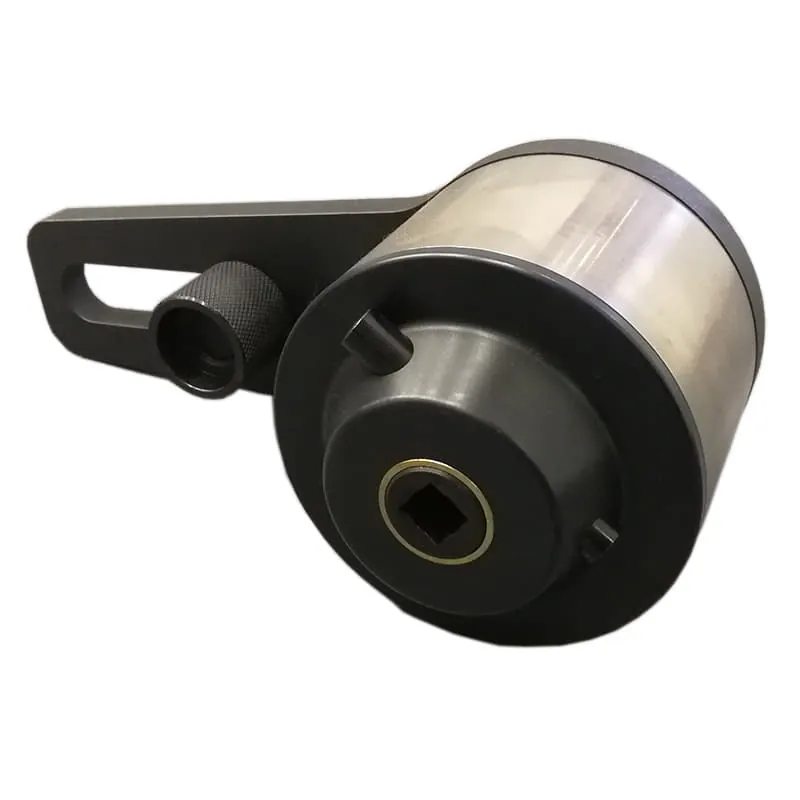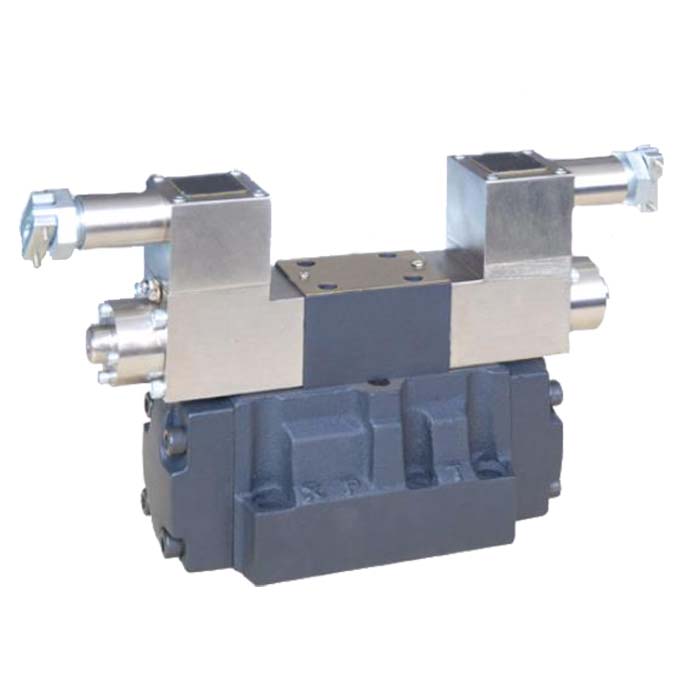Hydraulic Cylinder Vibration: Causes, Diagnosis, and Solutions
Hydraulic Cylinders are indispensable components in numerous industrial applications, providing linear motion and force for various tasks. However, when a hydraulic cylinder starts to vibrate, it can lead to decreased performance, accelerated wear, and even premature equipment failure.
What is Hydraulic Cylinder Vibration?
Hydraulic cylinder vibration is a phenomenon characterized by rapid oscillations of the cylinder rod during operation. This vibration can manifest as a loud, disturbing noise and may cause uneven or jerky motion within the cylinder. Not only does vibration affect the performance of the hydraulic cylinder, but it also leads to accelerated wear of the cylinder bore, rod seals, and other critical system components.
Causes of Hydraulic Cylinder Vibration
Several factors can contribute to hydraulic cylinder vibration, including:
Aeration and Cavitation: Air bubbles within the hydraulic fluid can compress and expand, causing the hydraulic cylinder to vibrate and chatter. Cavitation occurs when the fluid pressure drops below the vapor pressure, forming vapor bubbles that collapse and create shock waves.
Seal Wear or Damage: Worn or damaged rod seals can allow hydraulic fluid to bypass, leading to pressure fluctuations and vibration.
Insufficient Lubrication: Inadequate lubrication increases friction between the cylinder rod and seals, resulting in jerky motion and vibration. Ensuring proper lubrication is crucial for smooth operation.
Rod Misalignment or Bending: Misaligned or bent rods can cause uneven contact with the seals, leading to vibration and accelerated wear.
Excessive Load or Pressure: Overloading the hydraulic cylinder or subjecting it to excessive pressure can cause the rod to deflect, resulting in vibration and potential damage.
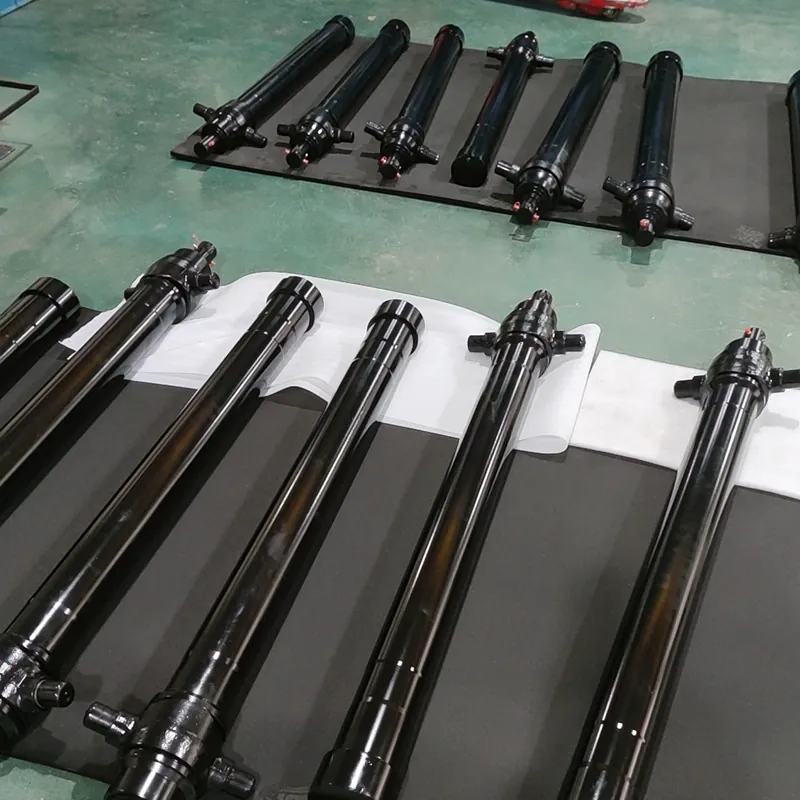
Diagnosing Hydraulic Cylinder Vibration
To effectively address hydraulic cylinder vibration, it is essential to diagnose the root cause. Here are some steps to help identify the problem:
Visual Inspection: Inspect the cylinder, linkages, and seals for signs of wear, damage, or contamination. Check the chrome plating on the rod for scratches, pits, or uneven wear.
Check for Leaks: Inspect the cylinder seals and connections for any fluid leaks. Leaks may indicate worn seals or loose connections, which can contribute to vibration.
Monitor Performance: Observe the cylinder's operation, noting any unusual noises, vibrations, or irregular motion. Pay attention to the cylinder's speed and smoothness of movement.
Repairing Hydraulic Cylinder Vibration
Once the cause of vibration has been identified, steps can be taken to resolve the issue and restore smooth operation.
Replace Worn Seals: If the piston rod seals are worn or damaged, replace them with new, high-quality seals from a reputable supplier. Ensure the seals are compatible with your cylinder and hydraulic fluid.
Polish the Cylinder Rod: If the chrome-plated rod surface has scratches or pits, polishing can help restore a smooth surface and reduce vibration. Use fine-grit sandpaper, steel wool, or crocus cloth to carefully remove surface imperfections and achieve a mirror-like finish.
Ensure Proper Lubrication: Use the appropriate hydraulic fluid and regularly check the fluid level to maintain adequate lubrication. Consider adding high-quality lubricant additives to reduce friction and wear.
Realign or Replace Bent Rods: If the cylinder rod is misaligned or bent, attempt to realign it using specialized tools. If the damage is severe, the rod may need to be replaced.
Adjust Load and Pressure: Ensure the cylinder is operating within its design load and pressure limits. If necessary, adjust the system settings to prevent overloading and excessive component stress.
Preventing Hydraulic Cylinder Vibration
Prevention is key to minimizing hydraulic cylinder vibration and extending equipment life. Here are some best practices to keep in mind:
Regular Maintenance: Perform routine inspections and maintenance on the hydraulic cylinder, including checking fluid levels, replacing filters, and inspecting seals and rods for wear.
Proper Installation: Ensure the hydraulic cylinder is correctly installed and aligned to prevent uneven wear and stress on components.
High-Quality Components: Use high-quality seals, rods, and other components from reputable manufacturers to ensure optimal performance and longevity.
Fluid Cleanliness: Maintain the cleanliness of the hydraulic fluid by regularly monitoring and replacing it, and using appropriate filters to remove contaminants and minimize the formation of air bubbles.
When to Replace a Hydraulic Cylinder
In some cases, repairing a vibrating hydraulic cylinder may not be the most cost-effective solution. Consider replacing the cylinder if:
The rod, bore, or seals are severely damaged and widespread, resulting in frequent equipment failures.
The repair costs exceed the value of the hydraulic cylinder or a significant portion of the cost of a new cylinder.
The cylinder has undergone multiple repairs and continues to experience vibration or performance issues, indicating deeper problems within the Hydraulic System.
Conclusion
Hydraulic cylinder vibration can be a significant problem, leading to decreased efficiency, increased wear, and potential equipment failure. By understanding the common causes of vibration, conducting thorough inspections, and implementing effective repair and prevention strategies, you can minimize downtime and extend the life of your hydraulic equipment. Regular maintenance, the use of high-quality components, and attention to fluid cleanliness are essential for preventing vibration and ensuring optimal performance of your hydraulic system.

